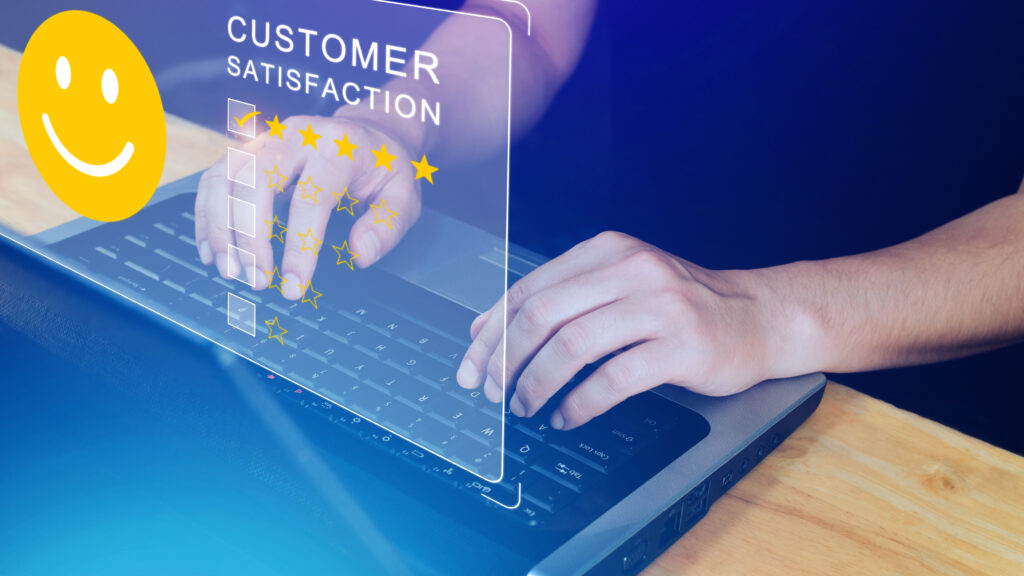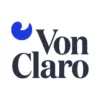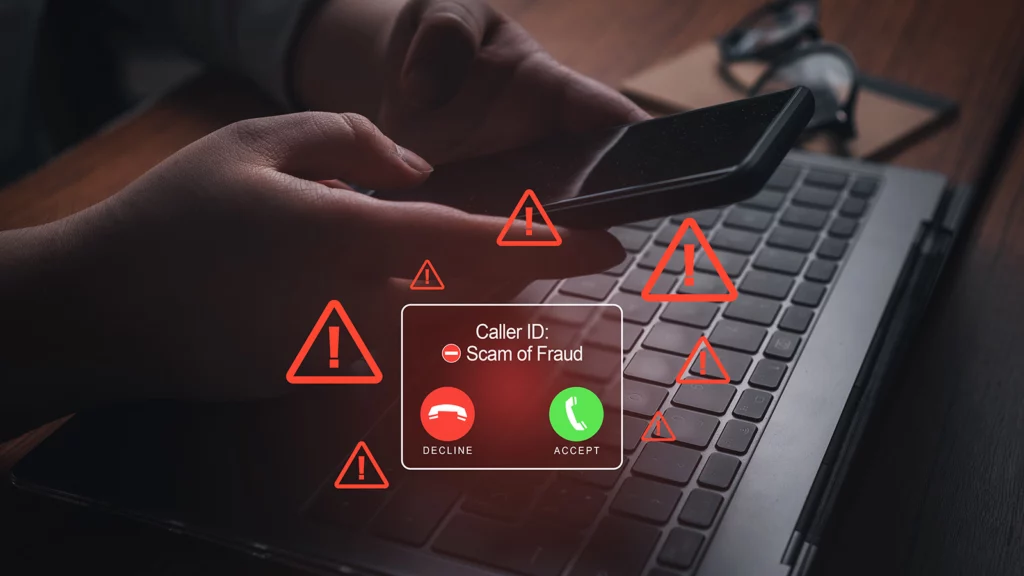In the bustling world of modern business, the right promotion and marketing strategies are vital in elevating a brand’s presence, driving engagement, and ultimately increasing sales. Whether you’re introducing a new product or aiming to boost the visibility of an existing one, implementing exemplary promotion strategies can distinguish your brand in a saturated market. By leveraging the four P’s of the marketing mix — Product, Price, Place, and Promotion — businesses can construct effective campaigns that resonate with their target audience. This article will delve into various promotion strategies, employing the renowned 4Ps of marketing to amplify your brand’s success.
Understanding the 4Ps Marketing Mix
Before we dive into specific promotion strategies, it’s essential to understand the four P’s of marketing, often referred to as the marketing mix Ps: Product, Price, Place, and Promotion. These elements form the foundation of any effective marketing strategy and ensuring they align with your brand’s objectives is key to success.
1. Product
A robust promotion strategy begins with a thorough understanding of the product. This involves identifying unique selling points (USPs) and conveying these features compellingly to your audience. Are you solving a problem, fulfilling a need, or tapping into a customer’s aspiration? Answering these questions will guide the messaging of your promotional efforts.
2. Price
Price plays a crucial role in promotion, as it affects perceived value. Whether employing discount strategies or emphasizing premium qualities, your price point should align with your overall brand message. Employ competitive pricing analytics to gauge where you stand in the market.
3. Place
Placement strategies encompass how your product reaches your customer, whether through physical retail locations, e-commerce platforms, or both. Ensuring that your product is readily available where your target audience frequents is critical. Online marketplaces and social media platforms serve as powerful channels for product visibility and customer engagement.
4. Promotion
Promotion is about communicating with your audience through various channels and methods, such as advertising, public relations, sales promotions, and direct marketing. Crafting and orchestrating these messages creatively and cohesively across diverse channels ultimately enhances consumer engagement.
Key Promotion Strategies
The core of effective promotion lies in understanding your audience and choosing the best strategies to engage them. Here are several proven strategies to consider:
- Content Marketing: Compelling and informative content that addresses customer pain points and interests can engage and nurture leads throughout the sales funnel. This includes blog posts, videos, podcasts, and social media content designed to inform and entertain your target audience.
- Influencer Partnerships: Partnering with influencers who resonate with your brand values can extend your reach and boost credibility. Influencers already have the trust of their audience, making their endorsements highly effective in generating interest and driving sales.
- Social Media Marketing: Social media platforms offer unparalleled opportunities for engagement and real-time interaction with your audience. Tailor your content to each platform’s dynamics, and don’t underestimate the power of authentic engagement — responding to comments and messages can foster a loyal community.
- Email Marketing: Considered one of the most cost-effective promotion strategies, email marketing enables personalized communication directly to a consumer’s inbox. Segmentation and tailored content can significantly enhance conversion rates by providing relevant information at the right time.

Frequently Asked Questions
How do I decide which promotion strategy to use?
Understanding your target audience, goals, and budget are crucial. Test different strategies, analyze the results, and refine your approach based on data-driven insights.
How do I measure the success of a promotion strategy?
Success can be measured using key performance indicators (KPIs) such as engagement rates, conversion rates, return on investment (ROI), and increased brand awareness.
What role does customer feedback play in promotion strategies?
Customer feedback is invaluable. It helps refine your strategies, ensuring they meet customer expectations and align with their needs and preferences.
Frequently Asked Questions on Promotion Strategies
Promotion strategies are crucial for any business aiming to increase engagement and drive sales. Understanding how to implement these strategies effectively can lead to significant growth and customer retention. Below are answers to some common questions related to promotion strategies.
What are some effective promotion strategies that can increase engagement and sales?
- Social Media Campaigns: Leveraging social media platforms to engage with your audience through contests, giveaways, and interactive content can significantly boost visibility and interaction.
- Email Marketing: Customized email campaigns with personalized content and exclusive offers can nurture leads and convert them into loyal customers.
- Influencer Partnerships: Collaborating with influencers in your industry can help reach a larger and more engaged audience by leveraging their credibility and reach.
- Content Marketing: Creating valuable content that educates and entertains your audience can establish your brand as an authority and drive both engagement and sales.
- Promotional Discounts and Sales: Offering limited-time discounts and sales can create urgency and encourage quicker purchasing decisions.
- Loyalty Programs: Implementing loyalty programs with rewards can increase customer retention and lifetime value.
- Cross-Promotions: Partnering with complementary businesses to promote each other’s products can expand your reach and create new opportunities for engagement.
How can I design promotion strategies that effectively drive sales?
- Understand Your Audience: Conduct detailed market research to understand your target audience’s needs, preferences, and behaviors to tailor your strategies accordingly.
- Set Clear Objectives: Define what you aim to achieve with your promotional strategy, whether it’s increasing brand awareness, boosting sales, or enhancing customer engagement.
- Choose the Right Channels: Select channels that best reach your audience, whether it’s social media, email, online ads, or traditional media.
- Develop a Compelling Message: Craft a persuasive message that highlights the unique benefits of your product or service and resonates with your audience.
- Utilize A/B Testing: Experiment with different versions of your promotions to identify what works best in terms of content, timing, and delivery method.
- Monitor and Adjust: Continuously monitor the performance of your promotion strategies and be ready to adjust them based on observed outcomes and feedback.
What role do promotion strategies play in driving customer engagement and sales?
Promotion strategies play a pivotal role in enhancing brand visibility and customer perception. They are essential in:
- Attracting Attention: Well-designed promotions capture attention and draw interest to your products or services.
- Creating Value Perception: Promotions can enhance customer perception of value, encouraging them to purchase and engage with your brand.
- Enhancing Customer Loyalty: Regular and meaningful promotions can foster a sense of appreciation and loyalty among customers.
- Driving Urgency: Timed promotions or limited-time offers can create a sense of urgency that prompts immediate purchase decisions.
- Encouraging Customer Interaction: Interactive promotions like quizzes, polls, or contests increase engagement and foster a sense of community.
- Building New Customer Relationships: Promotions are an effective way to attract and establish relationships with new customers.
Can you list some examples of successful promotion strategies that have boosted engagement and sales?
- Coca-Cola’s “#ShareaCoke” Campaign: By personalizing coke bottles with popular names, Coca-Cola encouraged customers to find and share bottles, generating significant social media engagement and increased sales.
- Starbucks Rewards Program: Starbucks’ loyalty program offers rewards for repeat business, resulting in high customer retention and frequent purchases.
- Amazon Prime Day: Amazon creates a sense of exclusivity and urgency with its Prime Day, resulting in massive sales during the event.
- The ALS Ice Bucket Challenge: This viral campaign not only raised awareness but also led to a huge increase in donations for ALS research.
- Nike’s Influencer Marketing: Nike has effectively used influencer partnerships to reach wider audiences and generate hype for new product launches.
- TOMS “One for One” Initiative: TOMS’ socially conscious promotion where a pair of shoes is given to those in need for every purchase made helped boost engagement through its purpose-driven approach.
By understanding and leveraging these strategies, businesses can effectively increase engagement and drive sales. The key lies in adapting and optimizing these strategies to fit the unique needs and characteristics of their target audience.

Conclusion
In summation, with the proper promotion strategies that harness the power of the four P’s of the marketing mix, businesses can significantly boost engagement and drive sales. Understanding the nuances of your product, pricing it to align with your brand identity, ensuring it’s available where your customers are, and promoting it effectively through various channels are all integral to a successful marketing campaign. Keep these strategies at the forefront of your planning, and continuously assess and adapt them to ensure lasting success in an ever-evolving marketplace.


